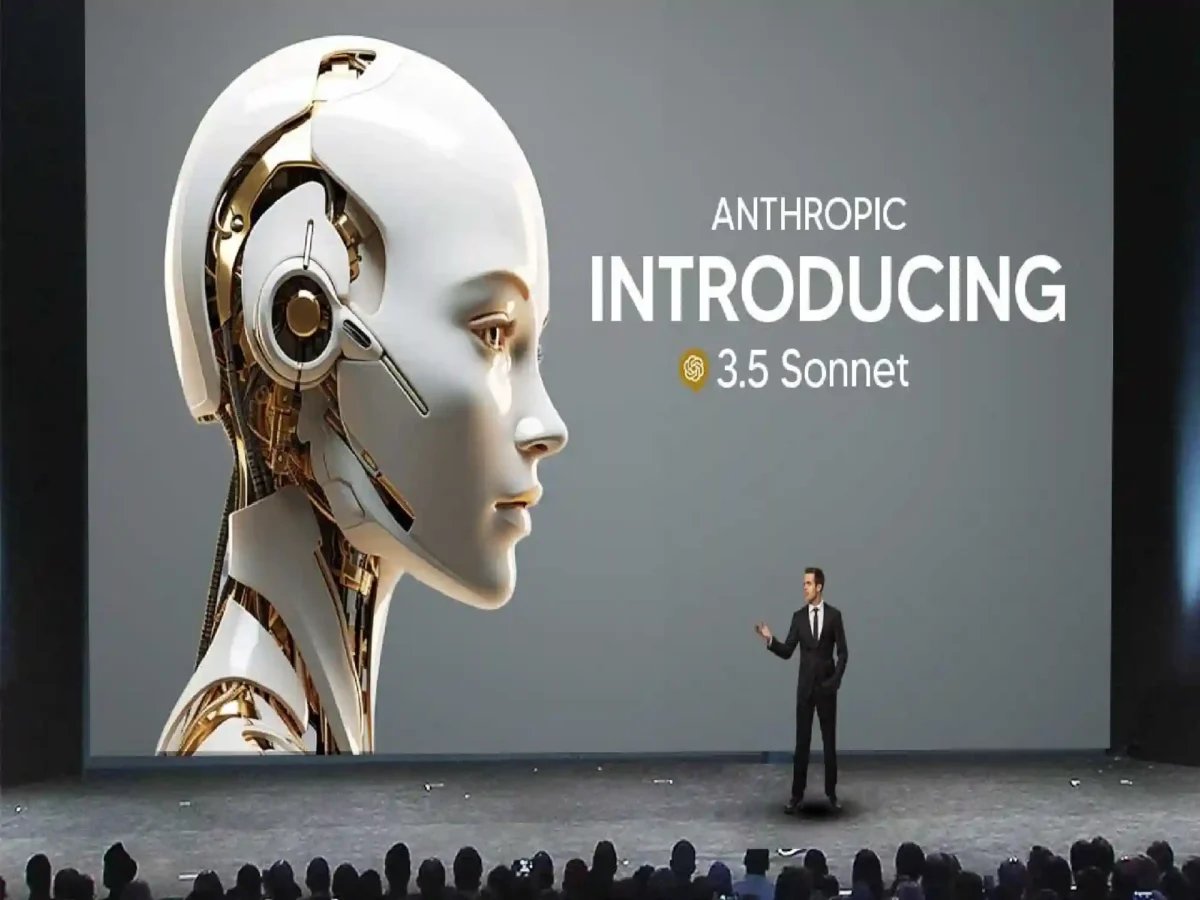Barely a week after hitting the market, Anthropic’s latest AI brainchild, Claude 3.5, has swiftly risen to prominence in the tech industry. Its superior features have outshined competitors like OpenAI’s GPT-4o, Google’s Gemini 1.5 Pro, and Meta’s LlaMA-400b, captivating users worldwide.
At its launch, Anthropic revealed that the all-new Claude 3.5 Sonnet operates at twice the speed of its previous model, the Claude 3 Opus, released earlier this year. The company emphasized that this boost in performance and competitive pricing make Claude 3.5 Sonnet a perfect solution for intricate tasks such as handling delicate customer support issues and overseeing complex workflows.
Since its debut, several users on platform X have been sharing their firsthand encounters with Claude 3.5, spotlighting its groundbreaking features. This report dives into how Anthropic’s freshest innovation sets a high bar for OpenAI’s flagship model, GPT-4o.
Artifacts feature
A standout feature of Claude 3.5 Sonnet is its pioneering Artifacts feature, which elevates user interaction with the AI. This capability introduces a unique window adjacent to the user’s chat, allowing immediate previews of generated content like code fragments, text files, or web designs.
This functionality turns the workspace into a lively setting where users can instantly review, adjust, and augment Claude’s output. It seamlessly blends AI-created content into users’ projects and workflows. According to Anthropic, this feature marks a pivotal evolution of Claude from a mere conversational AI to an integral collaborative tool.
Claude 3.5 Sonnet can play sound
The tech community is abuzz over this innovation. ElevenLabs’ design chief, Ammaar Reshi, shared on X how Claude 3.5 Sonnet could even produce sound. He explained that the Anthropic AI tapped into the Eleven Labs API to create a functional AI sound effects generator application using just the API’s documentation.
Insane coding abilities
Another user, Joao Montenegro, displayed Claude’s remarkable coding prowess by developing a 3D solar system simulation using JavaScript libraries Three.js and Cannon.js in a single go. These tools facilitate the creation of immersive 3D graphics and physics simulations directly in browsers.
Montenegro’s work portrayed a visually interactive model of planets, moons, and more, moving by physical laws.
Unmatched reasoning capabilities
MarketingMarketing expert Muratcan Koylan from Canada commended Claude Sonnet 3.5 from Canada for its advanced analytical abilities. He outlined a complex inquiry involving the US Dollar’s value, the S&P 500, bank interest rates, as well as a request for in-depth analysis.
In his update, Koylan revealed that Claude managed to organize the information into a JSON file and deliver a comprehensive correlation analysis. He illustrated how Claude Sonnet 3.5’s insights into interest rates, the US Dollar Index, and the S&P 500 were remarkably detailed and tailored to specific scenarios, demonstrating Claude Sonnet 3.5’s superiority over GPT-4 in technical analysis and precision forecasting.
Developing games from scratch
Claude 3.5 Sonnet has showcased its versatility beyond mere text generation and coding, as evidenced by the initiative of entrepreneur Pietro Schirano. He leveraged Claude 3.5 Sonnet to develop a quick-session game named Colour Cascade. In this game, players must catch the correct colour from a selection of falling shapes. Schirano’s revelation highlights AI’s advanced potential to create engaging content.
Solving pull requests
Alex Albert of Anthropic AI demonstrated Claude 3.5 Sonnet’s prowess on his X profile by sharing how the AI model efficiently handled a simple pull request. A pull request is a request by a developer to incorporate code alterations into a primary project. This process involves submitting changes for review, allowing team members to examine, discuss, and make decisions regarding including these changes in the main codebase. Pull requests are crucial for maintaining project organization and ensuring high-quality output.
Making Excel sheets interactive
Ethan Mollick, a professor at The Wharton School, shared on X the capability of Claude 3.5 Sonnet to transform a financial Excel sheet into an engaging, user-friendly interactive dashboard. Mollick’s demonstration highlighted a dashboard that provides real-time analysis, showcasing the AI’s ability to reinterpret data and independently generate necessary formulas and logic for precise results despite being unable to directly read formulas from the sheet.
Deep learning with Claude 3.5 Sonnet
Entrepreneur Elvis S harnessed Claude 3.5 Sonnet to create visual representations of complex deep learning concepts. He reached the model’s usage limit despite needing multiple adjustments to refine the visuals’ style and layout. In his post, Elvis commended the tool’s impressive capabilities and expressed hope for future developments, such as animating the ‘Dive into Deep Learning’ book.
Overall, Anthropic’s Claude 3.5 Sonnet is significant in AI, demonstrating exceptional capabilities from crafting dynamic workspaces to producing interactive content. This positions it as a formidable contender among AI tools.
Claude 3.5 Sonnet is accessible at no cost on Claude.ai and through the Claude iOS app. Subscribers of the Claude Pro and Team plans stand to benefit from considerably higher rate limits. Furthermore, the AI model is integrated with Anthropic API, Amazon Bedrock, and Google Cloud’s Vertex AI, broadening its availability and utility.

